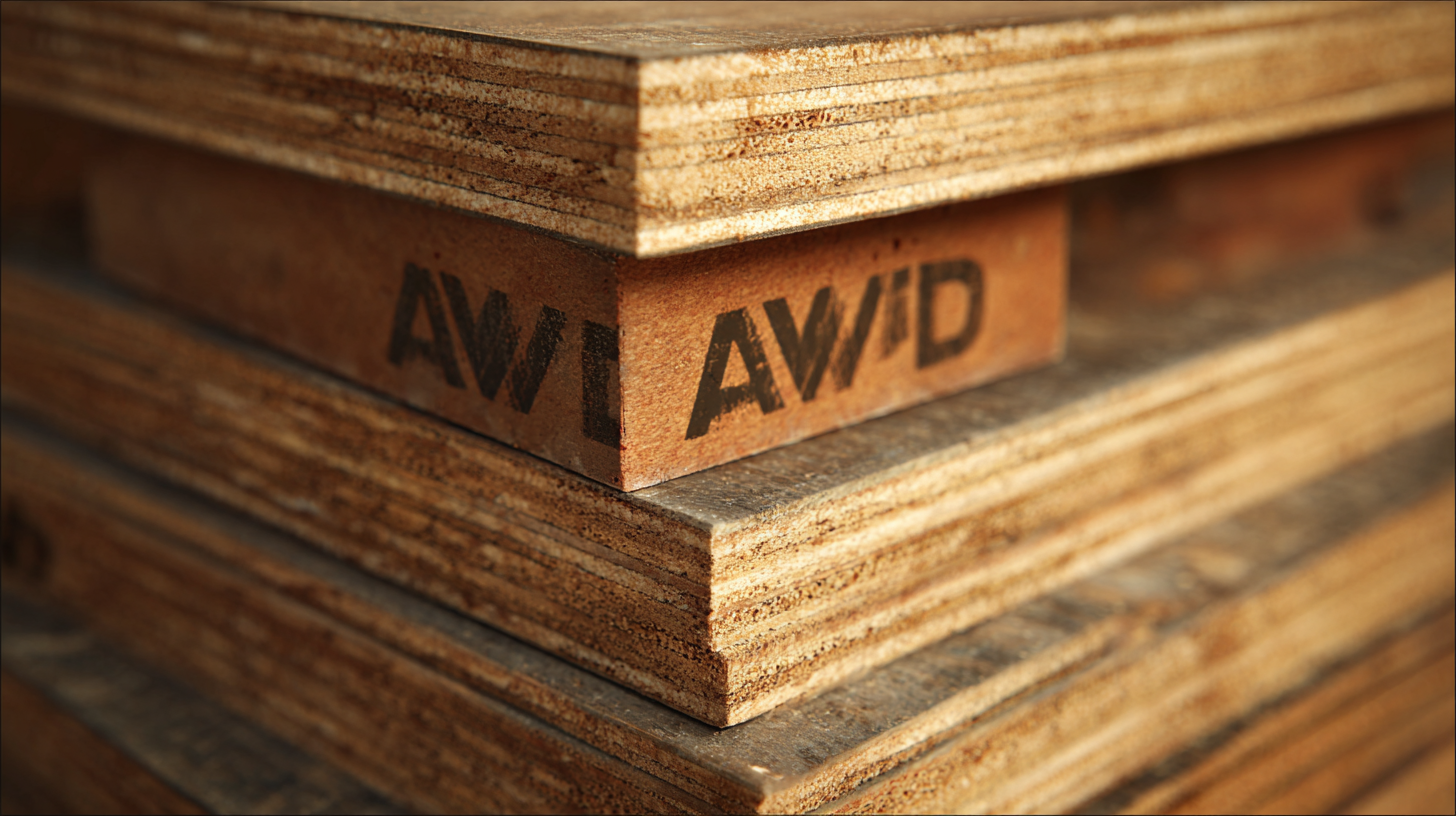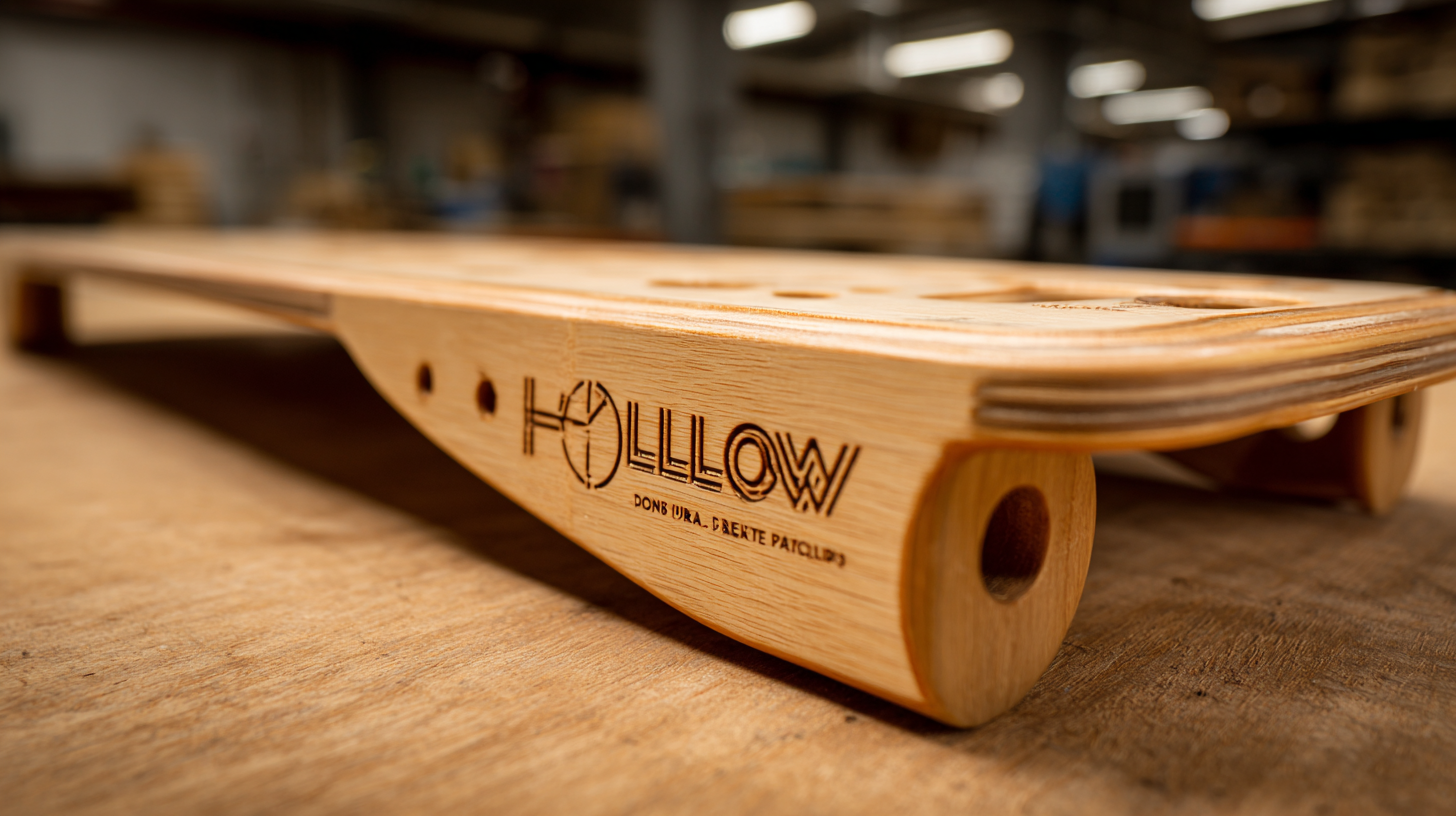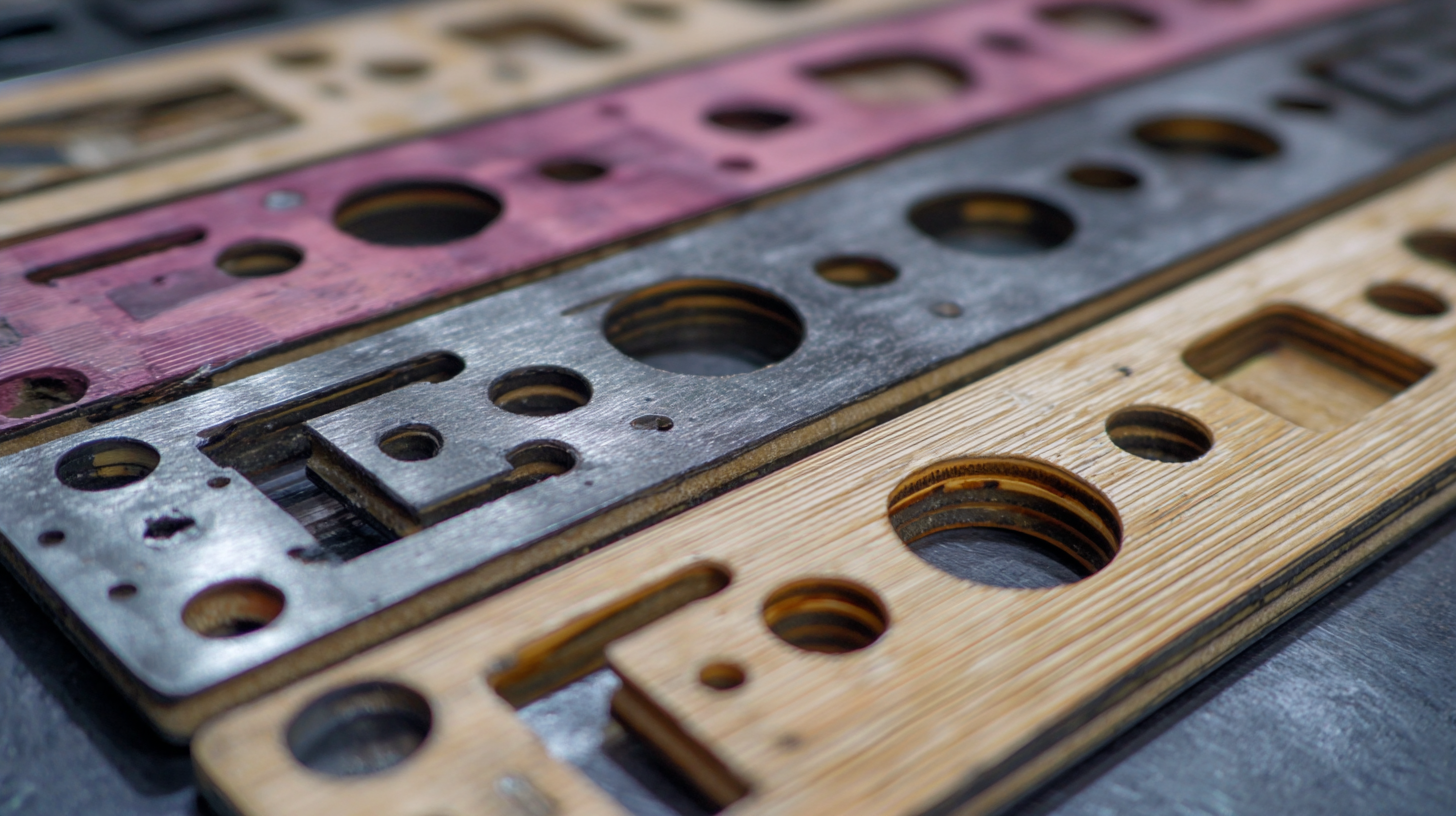


The demand for high-quality materials in various industries has led to a significant rise in the popularity of Hollow Board Backing Plates, known for their lightweight yet durable properties. According to a recent market analysis by Research and Markets, the global composites market, which includes hollow board backing plates, is projected to surpass USD 138 billion by 2026, driven by innovations in manufacturing and increasing applications in sectors such as construction, automotive, and aerospace.
 These backing plates not only provide structural integrity but also offer cost-effective solutions compared to traditional materials. As industries continue to seek materials that combine performance with sustainability, exploring the unique features and applications of Hollow Board Backing Plates—and their alternatives—becomes imperative.
This blog aims to delve into those aspects, highlighting how these innovative solutions contribute to China’s reputation for world-class manufacturing and its pivotal role in the global market.
These backing plates not only provide structural integrity but also offer cost-effective solutions compared to traditional materials. As industries continue to seek materials that combine performance with sustainability, exploring the unique features and applications of Hollow Board Backing Plates—and their alternatives—becomes imperative.
This blog aims to delve into those aspects, highlighting how these innovative solutions contribute to China’s reputation for world-class manufacturing and its pivotal role in the global market.
Hollow board backing plates have emerged as a vital solution across various industries, notably in manufacturing and construction. Their lightweight yet robust structure makes them ideal for applications requiring both support and flexibility. One key advantage of these plates is their ability to accommodate various materials, allowing for diverse applications ranging from signage to packaging. Their unique hollow design not only reduces material costs but also enhances thermal and acoustic insulation, making them an attractive option for businesses looking to optimize efficiency and sustainability.
In today's competitive market, the specialization of hollow board backing plates extends beyond traditional uses. Industries are increasingly leveraging their benefits for innovative designs and applications, such as in transportation and entertainment. For instance, their strength and adaptability can enhance the durability and performance of products while minimizing environmental impact. As industries continue to explore alternatives to conventional materials, hollow board backing plates stand out, providing a balance of performance and sustainability. This trend reflects a broader shift towards more intelligent material choices that meet the growing demand for efficiency and eco-friendliness in today's market landscape.
When considering backing plates, hollow board options are popular due to their lightweight and strong structure. However, alternatives such as plywood, composite materials, and metal plates also deserve attention. Each option brings unique advantages and disadvantages to the table. Plywood is readily available and offers sturdiness, yet may not fare well in damp environments, leading to potential warping. Composite materials, known for their resistance to moisture and chemicals, can be heavier and more expensive than other options. Metal plates, although durable and ideal for heavy-duty applications, can be more challenging to work with due to their weight and cost.
Tips for choosing the right backing plate material include evaluating the specific application requirements. For lightweight projects, hollow boards may be the best choice due to their easy handling and strength. If moisture is a concern, opt for composite materials that provide durability without sacrificing performance. Always consider the overall budget and necessary modifications, as this can affect long-term satisfaction with the chosen backing plate.
Lastly, weigh the environmental impact of your material choice. Some alternatives, like bamboo or recycled composites, are more sustainable than traditional plywood or metal. Selecting eco-friendly materials can enhance your project's appeal while reducing your carbon footprint. Prioritizing sustainability not only reflects well on your project but can also contribute to healthier living environments.
| Material Type | Pros | Cons | Common Applications |
|---|---|---|---|
| Hollow Board | Lightweight, high strength-to-weight ratio, cost-effective | Less rigidity, potential for cracking under heavy loads | Signage, displays, art projects |
| Foam Board | Easy to cut, excellent insulation properties | Not very durable, can warp in heat | Model making, presentations |
| MDF (Medium Density Fiberboard) | Smooth surface, easy to paint or laminate | Heavy, susceptible to moisture damage | Furniture, cabinetry, decoration |
| Plywood | Strong and durable, good moisture resistance | More expensive than alternatives, heavier | Construction, cabinetry, flooring |
| Plastic Board | Waterproof, resistant to chemicals | Can be prone to scratching, less eco-friendly | Outdoor applications, signs, architectural models |
Hollow board backing plates, noted for their lightweight and sturdy characteristics, are gaining traction in various design applications. These engineered products, often made from high-density polyethylene (HDPE) or polypropylene, provide structural support while minimizing weight. According to the “Trends in Composite Materials Market” report by MarketsandMarkets, the global composite materials market is projected to grow from USD 82.9 billion in 2021 to USD 109.9 billion by 2026, with a significant portion attributed to the increasing use of hollow board materials in the construction and design sectors.
In innovative applications, hollow board backing plates are proving invaluable in the development of signage, displays, and packaging. Their versatility allows for creative design solutions that require both aesthetic appeal and functional strength. A recent report from the International Society for Technology in Education (ISTE) emphasizes the role of lightweight and durable materials in enhancing the user experience in educational environments, underscoring that hollow boards are increasingly used for interactive displays and informational signage in schools. Designed to withstand various environmental conditions, these backing plates not only support creative pathways in design but also meet sustainability goals—integrating both functionality and eco-friendliness in modern applications.

When it comes to backing plates in various applications, the choice between
hollow board
and traditional options can significantly affect performance and efficiency.
Hollow board backing plates stand out due to their lightweight yet sturdy nature,
making them ideal for projects where weight reduction is crucial. Unlike traditional backing plates, which are often made
from solid materials, hollow boards utilize a unique design that enhances structural integrity while minimizing material use.
This innovative approach not only reduces costs but also makes transportation and installation simpler, providing a
considerable advantage in both commercial and DIY settings.
On the other hand, traditional backing options, such as solid wood or metal plates, offer durability and robustness that
have been trusted for years. While they might excel in strength, they often come with added weight and higher costs,
making them less suitable for projects where flexibility and ease of handling are paramount. Moreover, traditional materials
may not always provide the same level of insulation or resistance to moisture, which can be a drawback in certain environments.
As users weigh their choices, understanding the unique attributes of hollow boards compared to traditional backing materials
will play a crucial role in selecting the right solution for their specific needs.
The sustainability of hollow board backing plates is a critical topic as industries increasingly focus on environmental impact. These plates, often made from recycled materials, offer a lightweight yet durable alternative to traditional backing options. According to a report published by the Environmental Protection Agency, recycling 1 ton of plastics can save approximately 7.4 cubic yards of landfill space, highlighting the role of recyclable materials in reducing waste.

Moreover, studies indicate that hollow board backing plates can contribute to energy savings. A 2021 analysis by the International Energy Agency found that utilizing lightweight materials like hollow boards in manufacturing can lead to a 20% reduction in energy consumption compared to conventional materials. This shift not only minimizes the carbon footprint associated with production but also fosters a circular economy by promoting the reuse and recycling of materials. As companies continue to seek sustainable solutions, hollow board backing plates stand out as a versatile choice that aligns with eco-friendly goals.